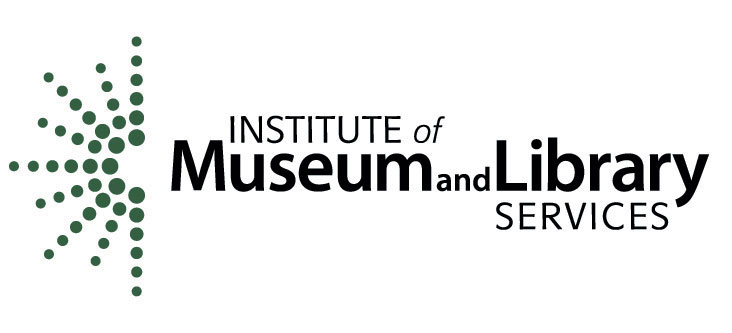First Nations Collection
The First Nations Collection of the Southern Oregon Digital Archives consists of documents, books, and articles relating to the indigenous peoples of this bioregion. We have begun to collect and mount materials about many tribes in southwestern Oregon and northern California. Some of these nations include the Coos, Hupa, Karuk, Klamath, Modoc, Takelma, Shasta, Siuslaw, Cow Creek Band of Umpqua, Yahooskin, and Yurok nations. In the future, we hope to expand the collection by continuing to add materials on these and other tribes whose homelands were in, or adjacent to, the Siskiyou-Cascade-Klamath bioregion.
In creating the First Nations Collection of tribal materials, Southern Oregon University Library has attempted to bring together a comprehensive body of documents dealing with the inhabitants of this bioregion. The purpose of the collection is to provide an educational resource about the First Nations who were the caretakers of this unique region. Indeed, the story of these nations is inextricably interwoven with the environment and land of Southern Oregon. In our efforts we have consulted with tribes and tribal representatives to determine scope and appropriateness of material. This is a work-in-progress, and in collaboration with tribes, we hope to create a comprehensive database of texts on the history and culture of the indigenous peoples of this region.
Most of the materials in this database are in the public domain and we have received permission to digitize those documents not in the public domain. Some of the materials being added include treaties, tribal language dictionaries, early (pre-1923) books and articles, Bureau of Indian Affairs publications, Congressional hearings, and Bureau of American Ethnology publications. As we consult with tribes to see how this project can be of benefit to members, we also hope to add more contemporary tribal materials.
We are excited to be able to add several decades of scanned images of the Annual Report of the Commissioner of Indian Affairs to the Secretary of the Interior for the Indian agencies in Oregon (Alsea Agency, Siletz Agency, Klamath Agency, Grand Ronde Agency, Malheur Agency, Umatilla Agency). Our thanks to the University of Oregon for trusting us with these irreplaceable volumes that provide such valuable information on Oregon tribes in the early reservation years.
We especially wish to express our gratitude to the many individuals and tribes that have contributed to this project with advice, consultations, and permissions. Some of the individuals include Kelly Strickler, Robert Kentta, David West, Brent Florendo Bob Tom, Jean Maxwell, Mary Carpelan, Betty Hall, Gerald Skelton, Tori Lahr, Agnes Pilgrim Baker, and Matthew Kritzer. Our apologies if we have omitted anyone.
We invite all users of the First Nations Collection to comment on the database, or to express any concerns. Please send any comments or feedback on ways to improve this site to Kate Cleland-Sipfle (clelandk@sou.edu).
Note: This site includes some historical materials that may imply negative representations or stereotypes of the peoples discussed in the documents. These documents have been included as part of the historical record and should not be interpreted to mean that project staff endorse or approve of the representations or stereotypes implied.
This project was supported in whole (or in part) by the Institute of Museum and Library Services through the Library Services and Technology Act, administered by the Oregon State Library.

